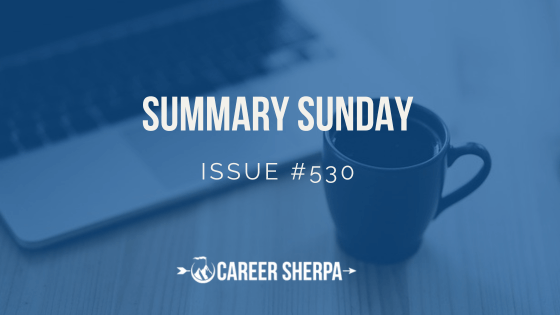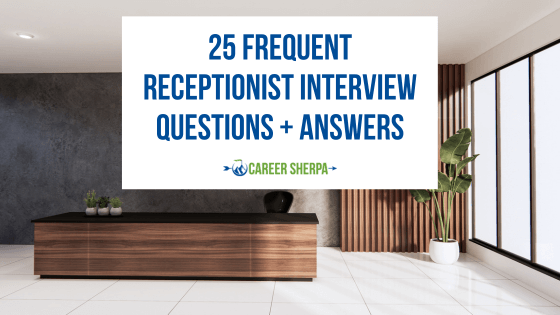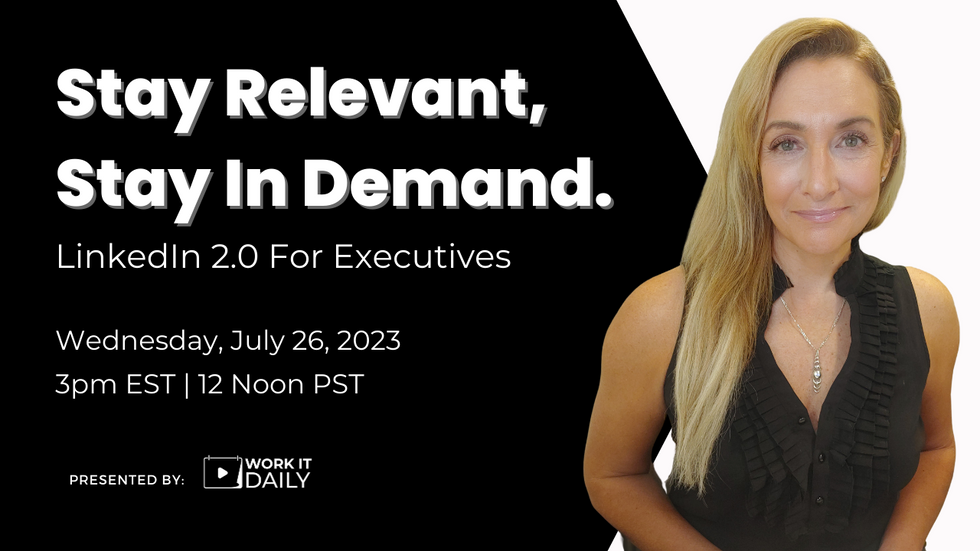
In a previous article, we gave you a detailed explanation of how LinkedIn has changed since it was built and why it is no longer a social network. Some people get to use it successfully as a social network, but overall it is now a social marketplace. Do you still need to be on it?
Yes.
But you also need to know what’s going to replace LinkedIn as the social network for your career.
LinkedIn Has Paved The Way For “Micronets”
You now know that LinkedIn is the modern-day yellow pages. And as it gets bigger, it’s only going to become more obvious that it’s a social marketplace. That’s why we need a social media 2.0.
We know we still need social networking, and now understand it’s just not happening on platforms like LinkedIn and Facebook anymore. And, while we know the basics of how to network online, we also need some guidelinesâand a frameworkâto do it better.
That’s where micronets come into play.
What Is A Micronet?Â
via GIPHY
To improve networking, we need a way to bring a tribe of people together more consistently and effectively. People need to meet or communicate on a regular basis to get to know each other. That’s the only way we can build a strong network and truly connect with one another.
This is why associations are such a big dealâthey form a tribe. The problem with brick-and-mortar associations, though, is that you must attend in person to get the value. The associations you join need to be in your local area, or if they aren’t, you’re going to spend lots of money to go to a national conference, which is not realistic for most professionals.
We live in a digital world, so we want that virtual experience. We want that virtual association, that virtual community. That’s exactly what a micronet is.
We’ve Been Waiting For Micronet Technology For A Decade
via GIPHY
J.T. knew the business she wanted to build for Work It DAILY over 10 years ago. She knew she wanted to build a micronet so she could drop the geographic and economic boundaries for people all over the world so everyone could get great, affordable, on-demand career coaching.
She also knew all people needed was to be part of a team where they were participating with others who wanted to help each other grow their careers and really become strong in their professions.
So for the last 10 years, we have been patiently waiting for the day when this amazing technology would finally hit. This year, that technology became available.
We’ve built Work It DAILY on a micronet platform. Our members are in there every day, chatting with one another, networking by industry, job type, or geographic location. We have an 87% engagement rate. They’re attending events with one another. They’re working with career coaches, one on one, getting their LinkedIn profiles and resumes reviewed.
Everything you’ve ever wanted from a social network is now possible due to the rise of micronets. It makes the time you spend on social media valuable. The power of a micronet is that it’s a productive kind of social media.
Work It DAILY has built the micronet that picks up where LinkedIn left off. Don’t get us wrongâwe love LinkedIn. We have an entire set of video tutorials that teach people how to optimize their LinkedIn profiles and get the most mileage out of them.
But there’s no way you can network on LinkedIn like you can on a micronet. With Work It DAILY’s micronet, you can use the platform to network with like-minded professionals, growing and taking control of your career. If that doesn’t sound like a positive experience, we don’t know what is.
The Future Of Social Networking Is Micronets
via GIPHY
J.T. predicts there will be thousands of micronets launched over the next two years. There will be a micronet for everything. Anything that you want to do better in your life, anything you want to “work it daily” on in your life, there’s going to be a micronet for that.
So, what’s the key difference between micronets and social marketplaces like LinkedIn?
Micronets are pay-to-play.
With a micronet, you pay a small fee, just like an app. But that means no pesky ads. No businesses trying to sell you their products or services. No trolls. If you’re paying to be a part of a platform like a micronet, people want to be there, and it shows.
Interested In Learning How Micronets Work?
via GIPHY
We set up a FREE 7-day trial for our micronet so you can get into the community and understand it. And guess what? If you have any questions about the platform or micronets in general, you can message J.T. directly when you sign up.
So what are you waiting for? Sign up today, try it out, and see what a micronet can do for your career!
This article was originally published at an earlier date.
























